fact

Images of Work
Six days before the Passover festival in Bethany, the sisters Martha and Mary gave a dinner in honour of Jesus who (the gospels tell us) had raised their brother from the dead. Martha worked in the kitchen while Mary sat herself down at the feet of their guest, to listen to his words. Overwhelmed by the many tasks to be done, Martha asked her sister to come and help her. “Martha, Martha,” said Jesus. “You fret and fuss about many things, but only one thing is necessary. The part Mary has chosen is the best, and it will not be taken from her.”

Identity Crises
Several years ago Ian McKay, a Queen’s University history professor, published a book called The Quest of the Folk: Antimodernism and Cultural Selection in Twentieth-Century Nova Scotia (McGill-Queen’s University Press) in which he argued that the image many of us have of Nova Scotia as a tartan-wearing, bagpipe-squealing mini-Scotland is pretty much a fabrication.

Re-hanging the National Wallpaper
When I lived in Ottawa in the 1970s, I used to enjoy passing lazy afternoons at the National Gallery looking at the pictures. I remember how surprised I was when I first encountered the Group of Seven collection. These paintings were completely familiar—I’d seen them in schoolbooks and on calendars, posters, t-shirts, everywhere—yet at the same time they were completely unexpected.

The Captain Is Out to Lunch and the Sailors Have Taken Over the Ship
The Captain Is Out to Lunch and the Sailors Have Taken Over the Ship is the latest of Charles Bukowski's posthumously published books, of which there are at least five in the world (and possibly still more to come from the estimable Black Sparrow Pre



.jpg)


































.svg)






















.jpg)
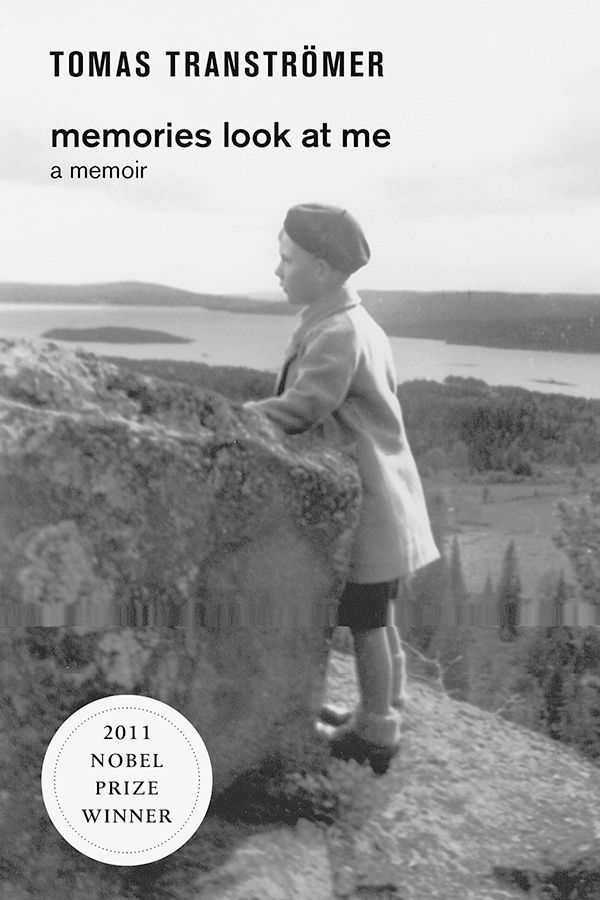
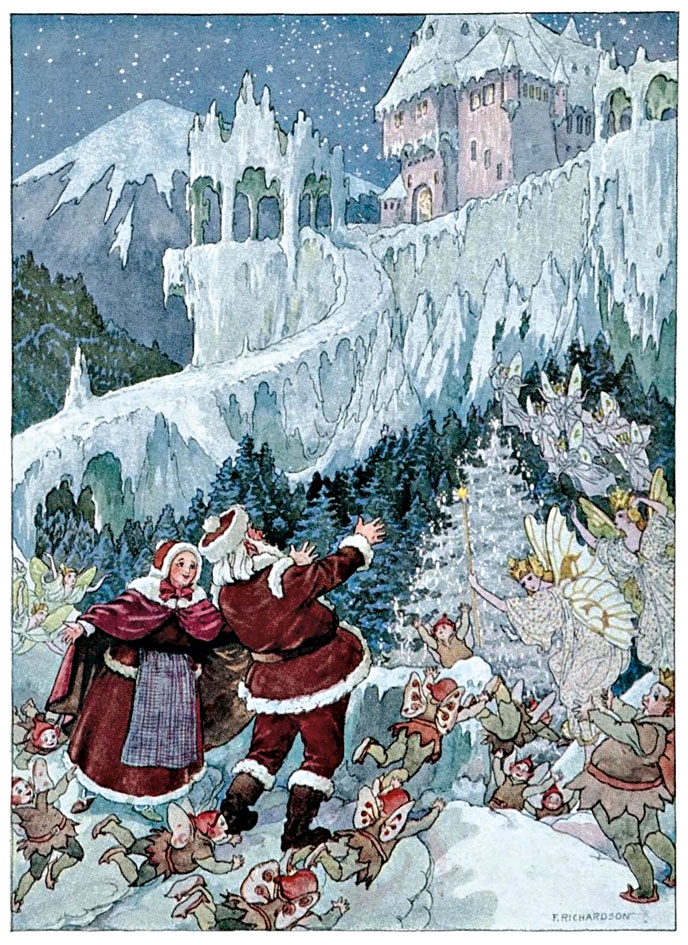
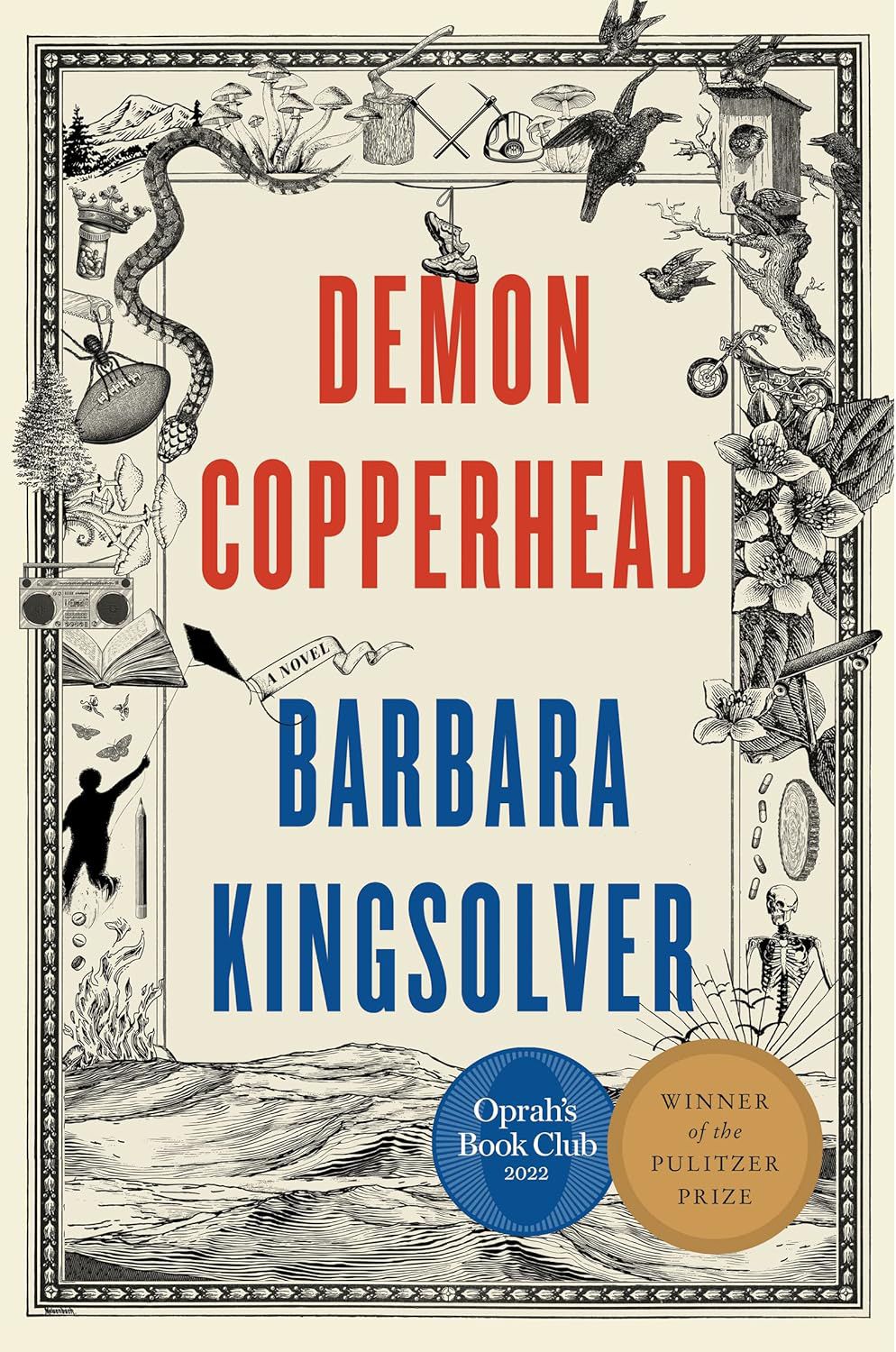



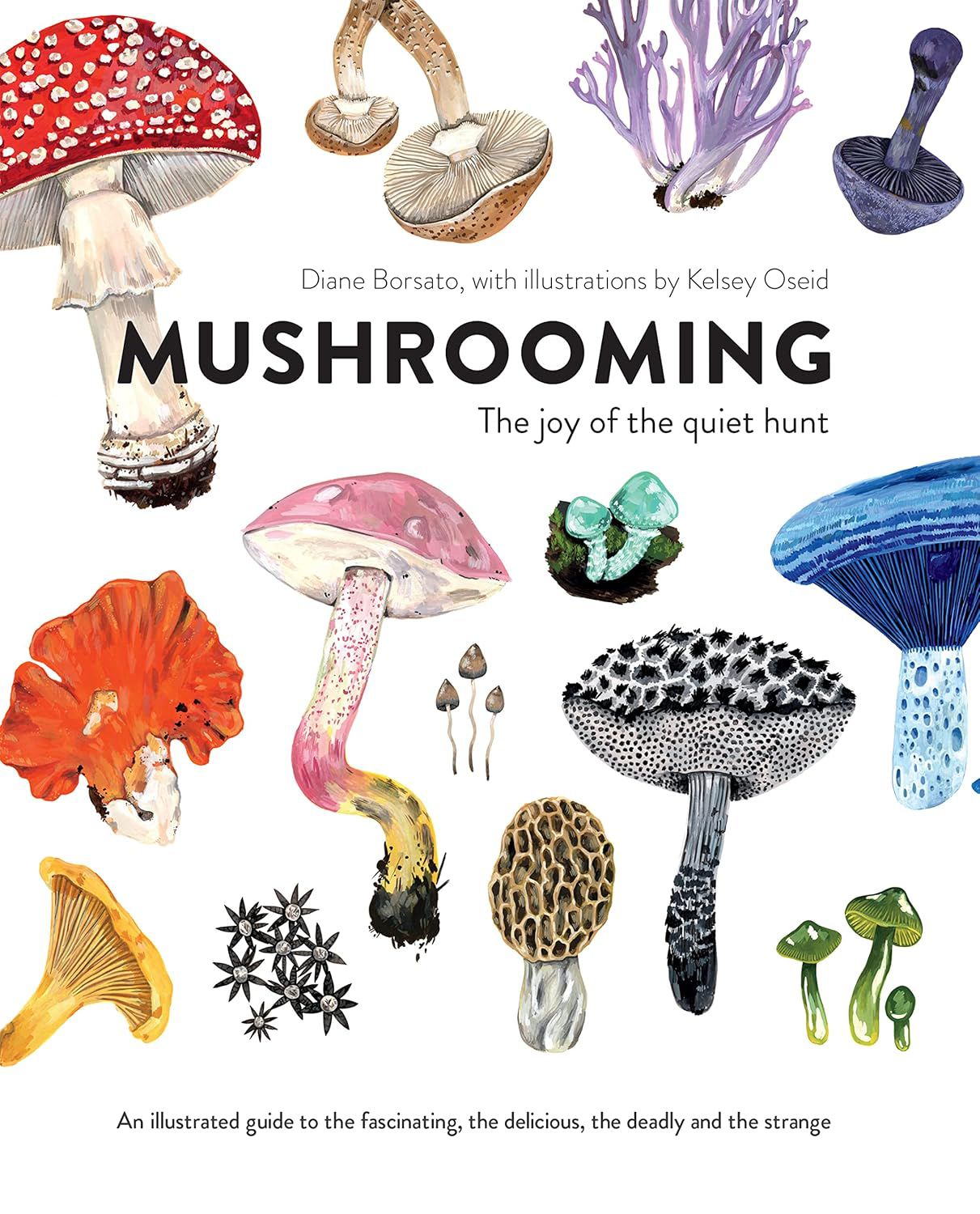

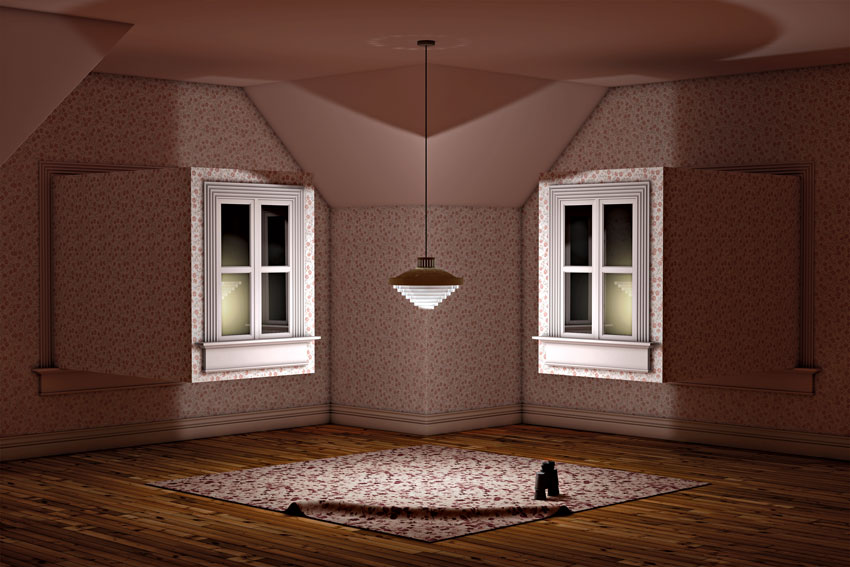
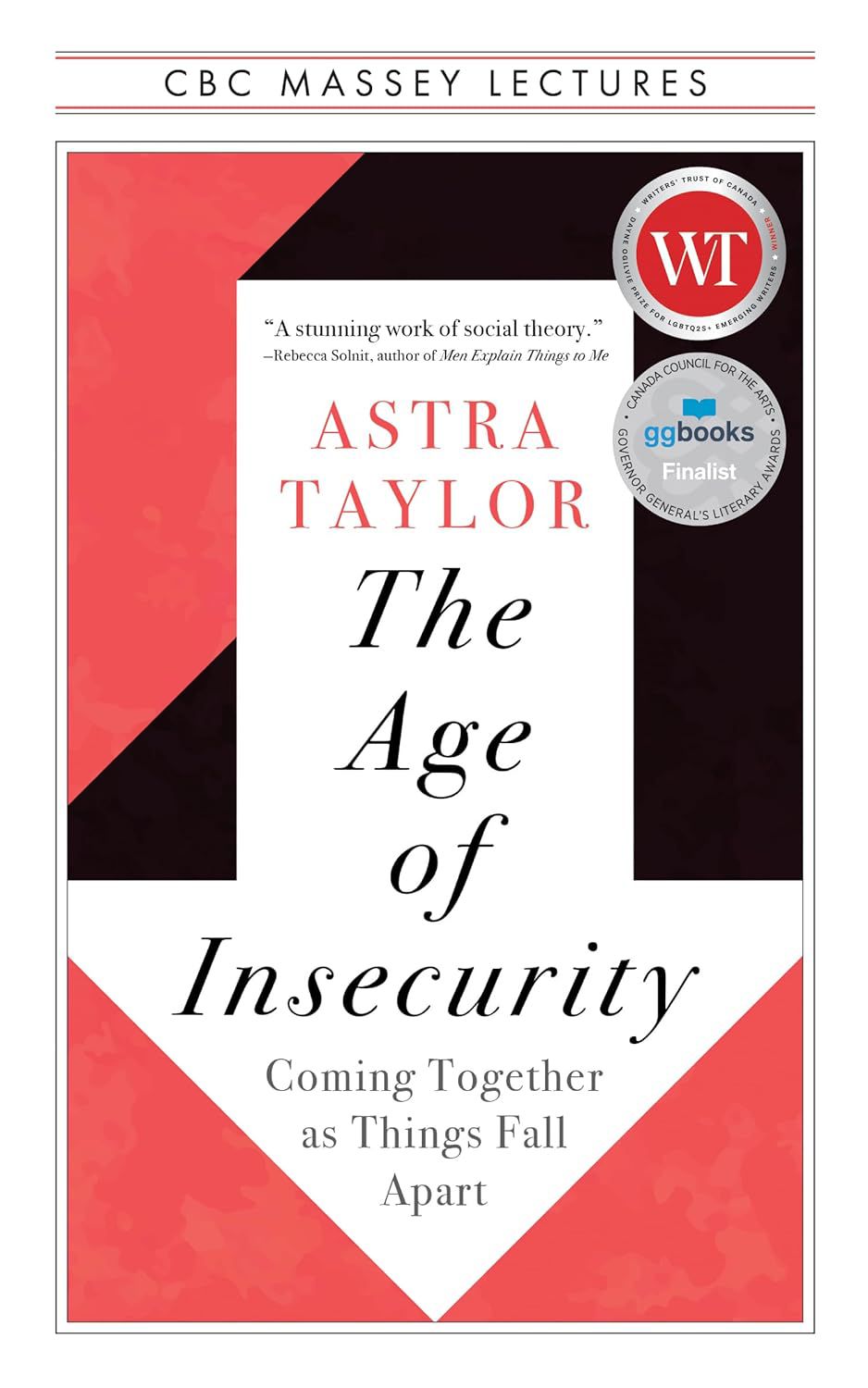
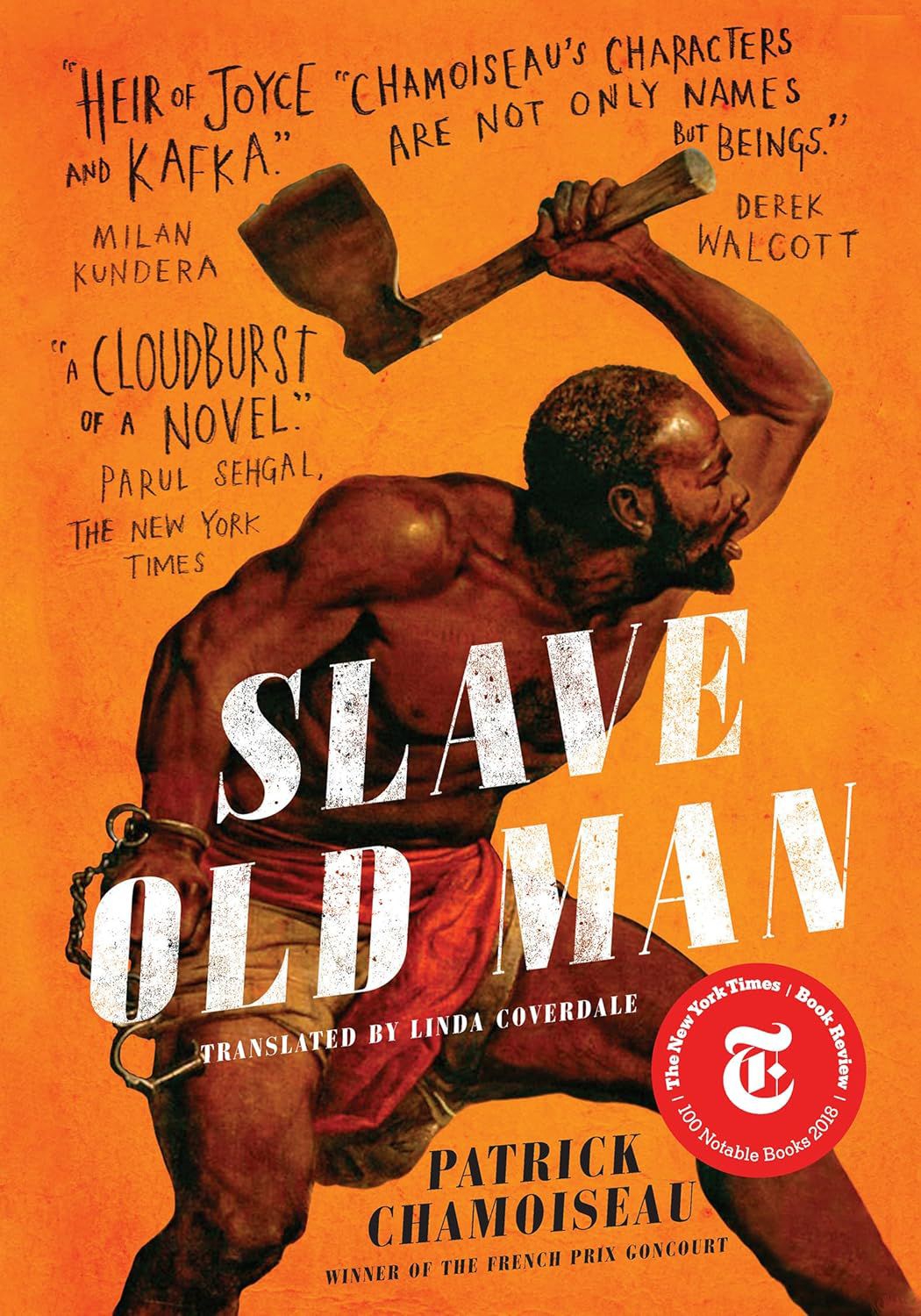

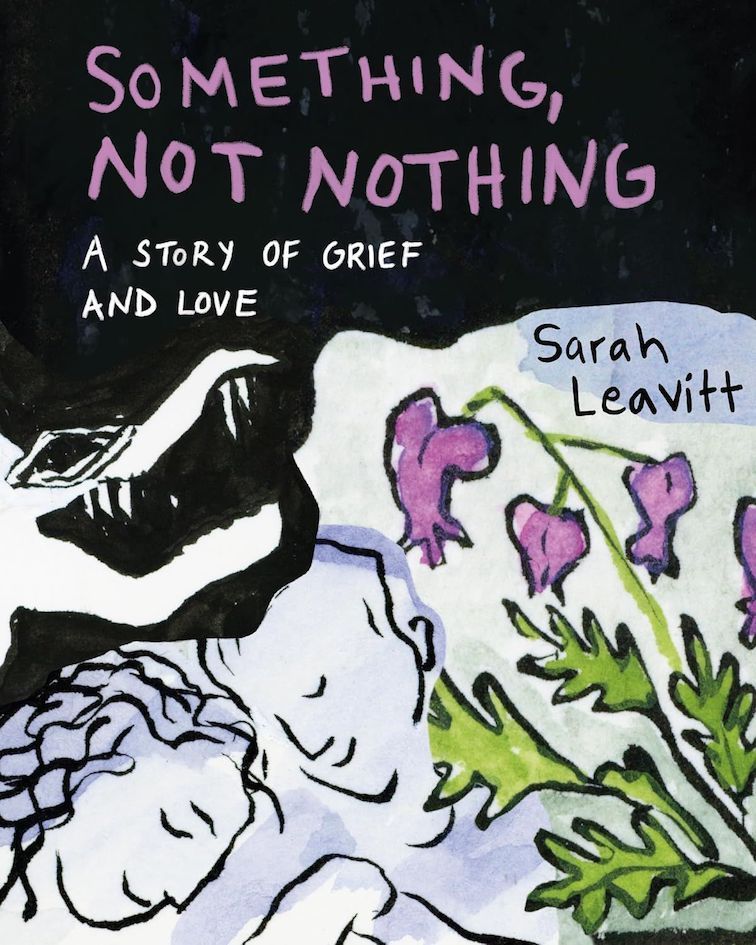
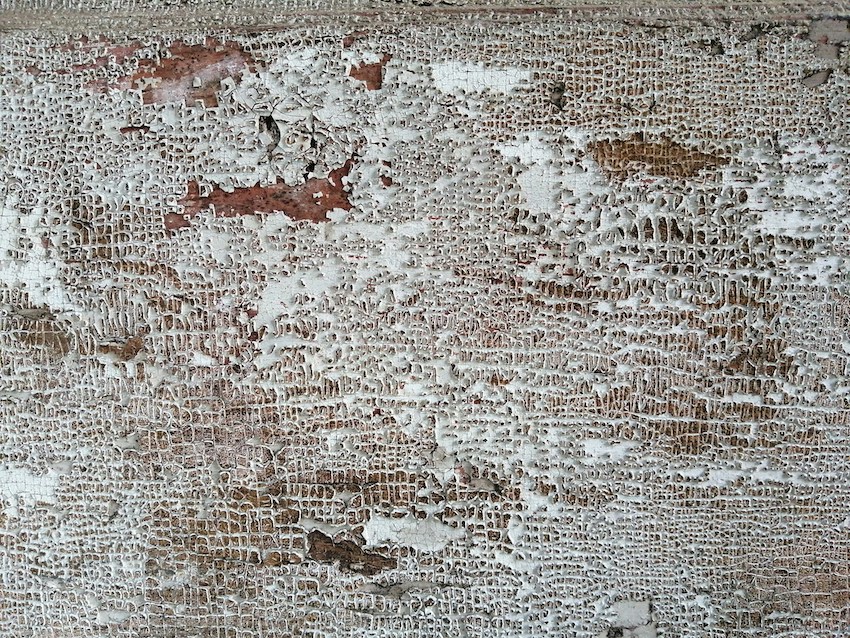








.jpg)